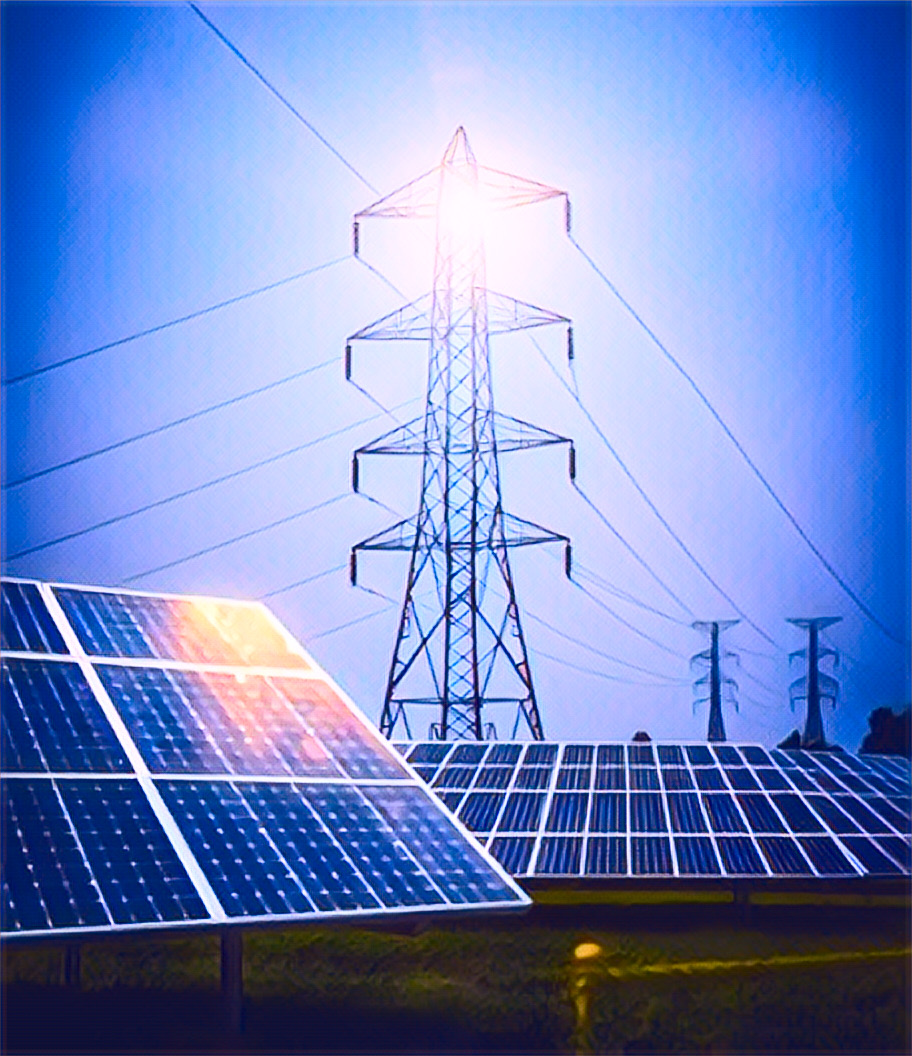KEY POINTS
- Significant grid and energy storage investments are essential to reach global renewable energy targets by 2030.
- Doubling energy efficiency would result in the largest emission reductions but appears unlikely without policy changes.
- High costs, supply chain disruptions, and policy delays have slowed global renewable energy progress.
The global goal to triple renewable energy capacity by the end of the decade is still attainable, but substantial investments in power grids and energy storage are required, the International Energy Agency said in a report on Tuesday.
Major investments needed
At the COP28 climate summit in Dubai in late 2023, nearly 200 countries pledged to triple global renewable capacity by 2030, aiming to keep the Paris Agreement target of limiting global warming to 1.5 degrees Celsius within reach. They also committed to doubling the rate of energy efficiency improvement by 2030.
However, to meet these goals, countries must accelerate the deployment of renewables and energy efficiency policies.
Falling behind
“The goal of doubling the rate of energy efficiency improvements globally could provide larger emissions reductions by 2030 than anything else, but it looks far out of reach under today’s policy settings,” the IEA said in the report.
The agency said tripling renewable capacity will require faster expansion. With current policy settings and technology trends, the world is on track to achieve more than three-quarters of the needed growth.
“Countries must make significant investments in expanding and strengthening grids and building energy storage to accommodate the surge in renewables,” the IEA said.
A critical decade
“Without grids and storage, the tripling of renewables will not succeed,” the agency said, adding that more than 25 million kilometers of electricity grids must be built or upgraded by 2030.
According to a report by OilPrice, global energy storage capacity needs to reach 1,500 gigawatts by 2030, with 1,200 gigawatts coming from battery storage — nearly 15 times the current levels.
Even if the targets are met, “greater capacity does not automatically mean that more renewable electricity will clean up the world’s power systems, lower costs for consumers and slash fossil fuel use,” the IEA said.
Progress in renewable energy in the largest energy-consuming sectors slowed in 2023 amid high interest rates, supply chain issues, and regulatory and policy uncertainties following the energy crisis, renewable energy think tank REN21 said in a May report.



